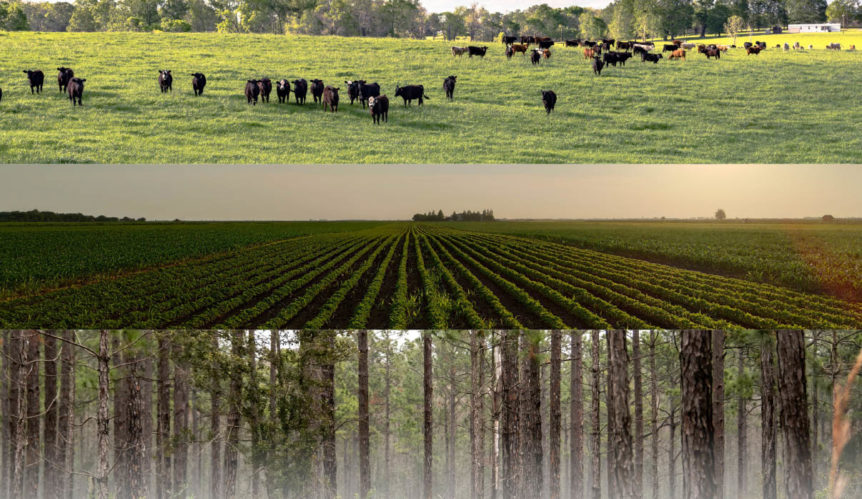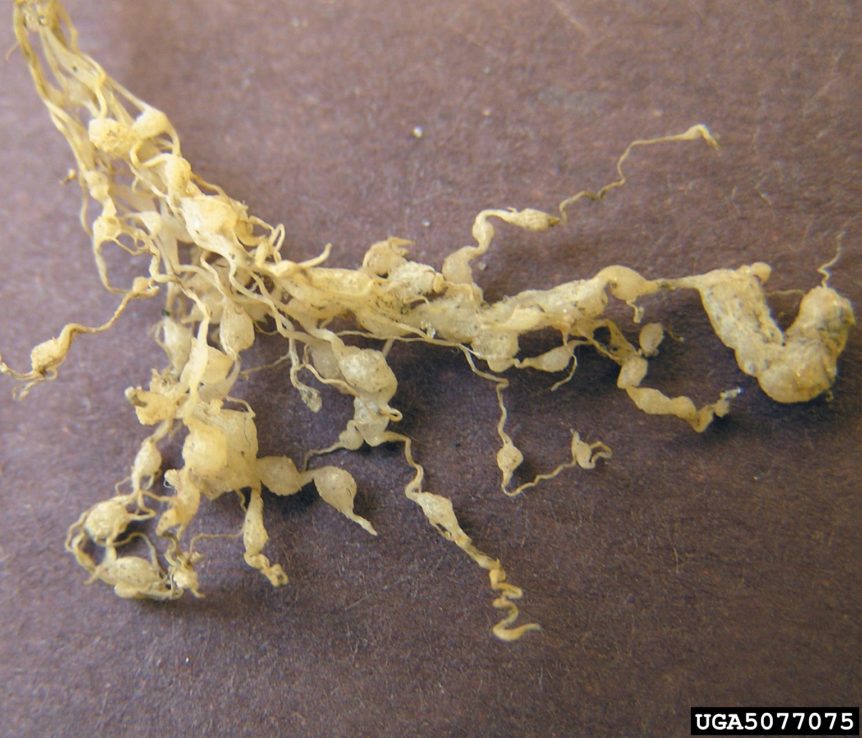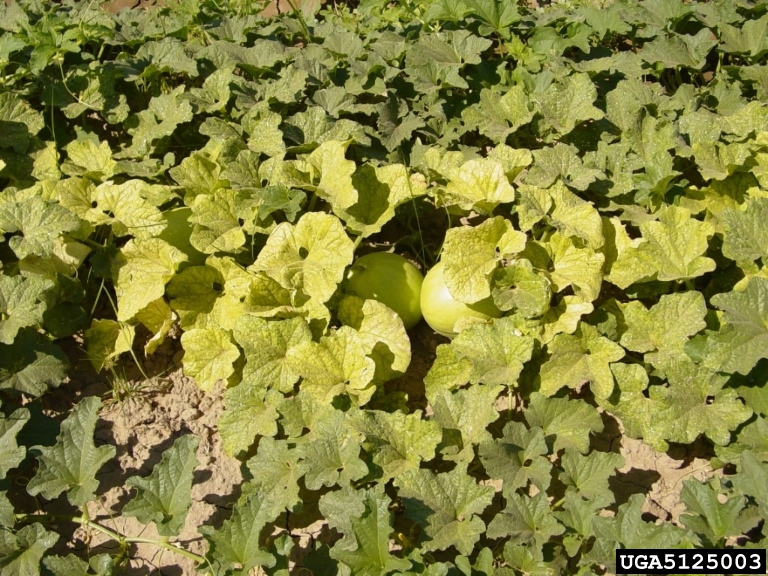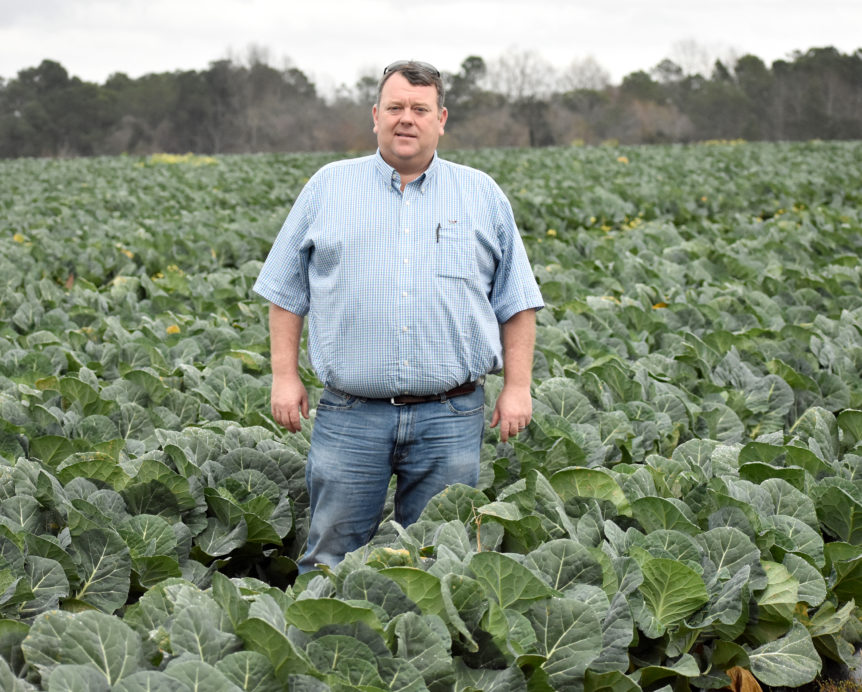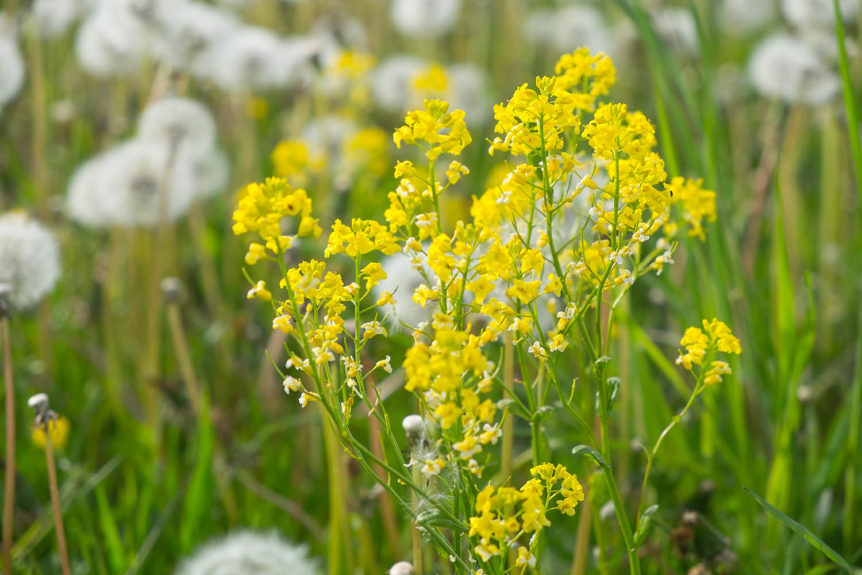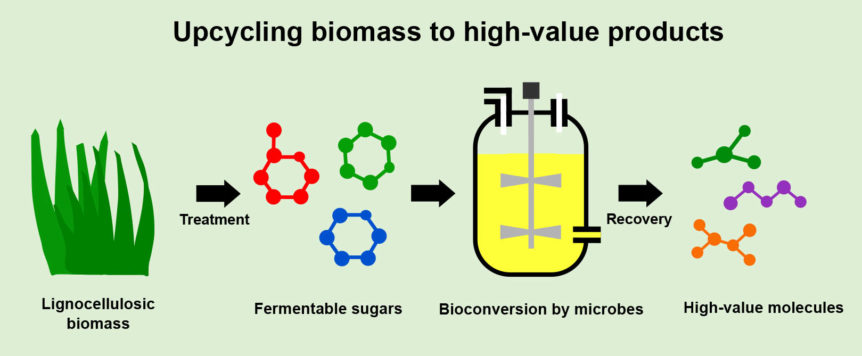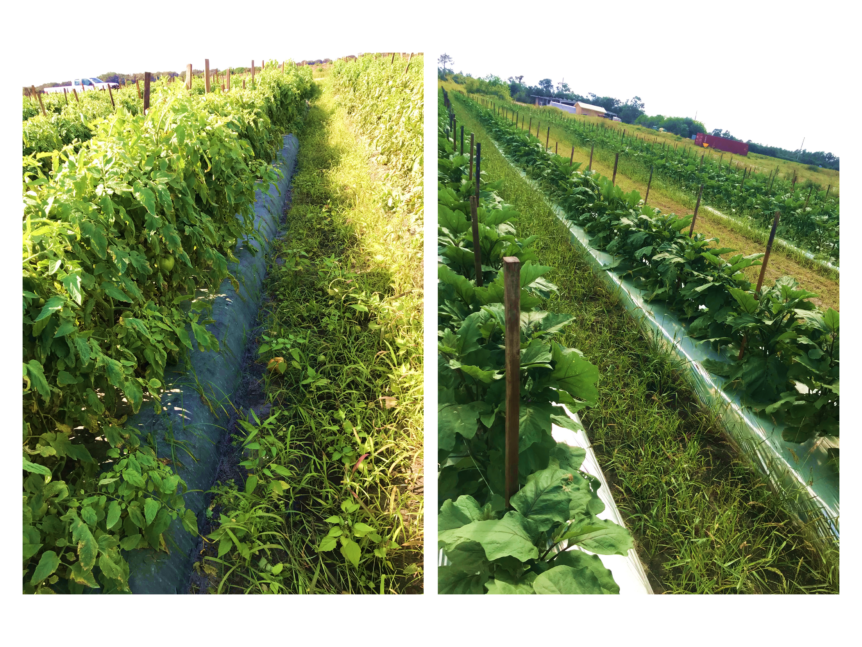By Maegan Beatty Competition for farmland has historically been a challenge. In places like Florida, this is especially acute as an influx of new residents puts pressure on available land for development. And in the push for green energy, green spaces are filling with huge solar farms. The University of Florida (UF) Center for Landscape Conservation Planning provides the Agriculture …
Staying on Top of Nematodes in Vegetables
By Frank Giles Nematodes can be a hidden yield robber. The soilborne pests can pack a pretty powerful punch despite their puny size. Nematodes have been problematic in Southeast vegetable crops for many years. Their management was complicated by the phaseout of methyl bromide. In 2018, the University of Georgia surveyed fields in 30 Georgia counties to measure the pest. …
Specialty Crop Grower Magazine: Tracking Viral Diseases in Cucurbit Crops
By Frank Giles Viral disease in cucurbit crops is a major problem worldwide. In the United States, new viruses are identified regularly that affect important specialty crops. This has become such a problem that the Emerging Viruses in Cucurbits Working Group (EVCWG) was established in March 2022. The group was formed after a discussion during the Plant Health event hosted …
Specialty Crop Grower Magazine: Endangered Species Act Could Limit Pesticide Availability
By Frank Giles European farmers have taken to the streets to protest government actions that they believe will threaten their viability. The farmers over there are saying much the same thing as the farmers here when regulatory challenges impede their ability to grow food in a reasonable and profitable manner. Food security is national security — without one, you can’t …
Specialty Crop Grower Magazine: Farming Fulfills South Georgia Producer Jaime Patrick
By Clint Thompson It was a typical mid-summer scene in South Georgia: scorching temperatures, dusty fields and farm work in progress. For youngster Jaime Patrick, it was just another day at Patrick Farms in Omega, Georgia. “Working here on the farm in the summers, we were growing sweet potatoes at the time. We always had people walk behind the transplanter; …
Specialty Crop Grower Magazine: Wild Radish Emergence Period Expanding
By Stanley Culpepper Wild radish (Raphanus raphanistrum), a member of the mustard family, has historically been known as a winter annual weed primarily infesting winter crops grown throughout the Southeast. Just like many other weeds, wild radish competes aggressively with crops for light, water, nutrients and physical space. It also can harbor troublesome pests, including various insects and diseases. For …
Specialty Crop Grower Magazine: Upcycling Crop Waste to High-Value Products
By Edmar Ramos de Oliveira Filho As the transition away from fossil fuels occurs, efforts to move from a linear to a circular economy are necessary. Biotechnology can provide sustainable and environmentally friendly solutions. This includes new processes for biomanufacturing innovative products from renewable sources, thereby avoiding the use of petroleum-based feedstocks and helping to reduce greenhouse gas emissions. Agricultural …
Specialty Crop Grower Magazine: Southeast Producers Convene for Annual Conference
By Clint Thompson The Southeast Regional Fruit & Vegetable Conference drew a large attendance in early January. The annual gathering provides a plethora of educational breakout sessions focused on key fruit and vegetable crops. Here’s a few highlights from those sessions. Peach Presentations Fungicide preservation is the key for Southeast peach producers in managing brown rot disease long term. Demethylation …
Specialty Crop Grower Magazine: Congressional Inertia Hamstrings Produce Priorities
By Cathy Burns Last year, what the specialty crop industry received in terms of legislative and regulatory policies from federal lawmakers was a mixed bag. While we did see a few positives in terms of investment opportunities in innovation, technology and sustainability, we also saw negatives such as proposed cuts to the fruit and vegetable benefit in the Women, Infants …
Specialty Crop Grower Magazine: Row-Middle Weed Control in Vegetable Plasticulture
By Ramdas Kanissery Battling weeds is a real struggle in vegetable plasticulture production — not just in the plastic mulched planting beds but also in the row-middle spaces between beds (see Figure 1). Weeds in the row middles can compete with the main crop while playing host to insect pests, nematodes and pathogens. Tackling row-middle weeds comes with its own …










